Bachelor of Biotechnology
2025-07-15 9:01Bachelor of Biotechnology
Bachelor of
Biotechnology
About Bachelor of Biotechnology
Bachelor of Biotechnology is the ultimate playground for curious minds. It's a fusion of biology, chemistry, and technology, making it the coolest science party you've ever attended. It's where you'll learn to manipulate the building blocks of life, like genes and cells, to create incredible products and solve real-world problems. Get ready to dive into the secrets of genetics, microbiology, and even nanotechnology. We're talking about tinkering with living organisms to create life-changing products like insulin, vaccines, and even plant-made medicines. It's not just science; it's innovation at its finest. Get ready for an adventure where every test tube and petri dish holds the potential to change the world.
Some of the Popular Career Paths Include

Life of a
Biotechnology student
Being a Biotechnology student at college is like embarking on a scientific adventure every day. It's a world of endless possibilities where we manipulate genes, microbes, and molecules. Days are filled with exciting experiments, the thrill of discovery, and the hope of shaping a brighter, healthier future.
Download Brochure
Curriculum
| Semester | Code | Subjects |
| I Semester | Course Code AIID-BT-1 | INTRODUCTORY BIOTECHNOLOGY |
| UNIT-I | ||
| History and scope of Biotechnology. | ||
| New vs old biotechnology. Interdisciplinary nature of Biotechnology. | ||
| Importance of various biological disciplines e.g. Genetics, Cell and Molecular Biology. | ||
| Microbiology, Biochemistry, Immunology etc. | ||
| UNIT-II | ||
| Introduction to Genetic Engineering. Restriction endonuclease, Ligases Alkaline phosphatase, Reverse transcriptase, DNA polymerase, | ||
| Cloning Vectors (plasmid-based). | ||
| Biotechnology hazards and safety. Social, moral and ethical issues | ||
| UNIT-III | ||
| Biotechnology in diagnostics and therapeutics. | ||
| Biotechnological innovations with vaccine development introduction to PCR, DNA sequencing and fingerprinting | ||
| UNIT-IV | ||
| Introduction to plant biotechnology, importance, significance, applications Biotechnology in agriculture, Tot potency, Colonel propagation | ||
| micro propagation in vitro conservation of plant genetic resources, its applications and limitations. | ||
| PRATICAL BASED ON CORE PAPER | ||
| 1. Demonstration of laminae air flow autoclave etc. | ||
| 2. Demonstration of PCR | ||
| 3. Isolation of DNA | ||
| 4. Restriction Digestion of DNA | ||
| 5. Any other based on syllabus | ||
| Additional-Interdisciplinary Paper: (INTRODUCTORY BIOTECHNOLOGY) | ||
| Course Code: AID-BT-1 | Note:(This course will be opted by those students who don’t have Biotechnology, core subject) | |
| UNIT-I | ||
| History and scope of Biotechnology. | ||
| New vs old biotechnology, Interdisciplinary nature of Biotechnology | ||
| UNIT-II | ||
| Introduction to Genetic Engineering, Tools and techniques. | ||
| Enzymes used in genetic engineering Cloning Vectors (pBR322 and PUC) | ||
| Features and applications | ||
| UNIT-III | ||
| Applications of Biotechnology in diagnostics and therapeutics | ||
| Introduction to PCR, DNA fingerprinting, DNA sequencing | ||
| UNIT-IV | ||
| Introduction to plant biotechnology, importance, significance, applications of Plant tissue culture | ||
| Practical Based on Theory (AID BT-1] (AID Introductory Biotechnology) | ||
| Suggested Practical’s: | ||
| 1. Demonstration of Laminar air flow, autoclave etc. | ||
| 2. Demonstration of PCR | ||
| 3. Demonstration of PCR | ||
| 4. Isolation of DNA | ||
| 5. Restriction digestion of DNA | ||
| SKILL COURSE Cell & Tissue Culture | ||
| Course Code: SEC-BT-1 | UNIT-I | |
| Cell Culture: Laboratory organization of tissue culture lab, sterilization techniques, aseptic conditions, and care | ||
| Media components and types for cell culture. Primary &Secondary cell culture | ||
| UNIT-II | ||
| Applications of Animal Cell Culture | ||
| concepts of Stem cells and application, monoclonal antibody production. | ||
| UNIT-III | ||
| Plant Tissue Culture: | ||
| Concept of tot potency, history of plant tissue culture, media components and types, and different phytohormones. | ||
| UNIT-IV | ||
| Applications of Plant Tissue Culture: Clonal propagation, Somatic Embryogenesis and artificial seed, Protoplast culture, | ||
| Preservation of plant genetic resources and germplasm conservation | ||
| Suggested Practical’s for sessional exams (Note: There will be no separate practical in skill course) | ||
| 1. Sterilization techniques | ||
| 2. Surface sterilization of seeds | ||
| Media, Buffer preparation for cell and tissue culture | ||
| II-Semester | Course code CBT-2 | Biomolecues |
| UNIT-I | ||
| Introduction to Bio-molecules, pH and buffers. | ||
| Concept of Nucleic-Acids: Structure, Nucleoside and Nucleotide, Watson and Crick model | ||
| UNIT-II | ||
| Carbohydrates: Definition, classification, structure and importance of monosaccharides and oligosaccharides. | ||
| Polysaccharides: Homopolysaccharides and Heteropolysaccharides, Storage and Structural Polysaccharides | ||
| UNIT-III | ||
| Structure classification and Properties of Amino Acids., Peptide bond. | ||
| Protein Structure: Primary, Secondary, Tertiary and Quaternary Structure. | ||
| Protein types: Globular and Fibrous. Protein Functions. | ||
| UNIT-IV | ||
| Lipids: Structure, classification and properties & types. Types of fatty acids Vitamins: Water and far soluble vitamins, functions and deficiency symptoms. | ||
| Introduction to Enzymes and their classification. | ||
| Practical Based on Core Paper (CBT-2) | ||
| 1. Preparation of buffers. | ||
| 2. Qualitative tests for Carbohydrates | ||
| 3. Qualitative tests for Lipids. | ||
| 4. Qualitative tests for Amino acids | ||
| ADDITIONAL –INTERDISCIPLINARY PAPER | ||
| Course Code AID-BT-2 | UNIT-I | |
| Introduction to Biomolecules-PH and buffers. introduction to Purines, Pyrimidines and nucleic acids. | ||
| UNIT-II | ||
| Carbohydrates: Definition, classification, structure and importance of Monosaccharides, Oligosaccharides and Polysaccharides | ||
| UNIT-III | ||
| Structure, Properties of Amino Acids | ||
| Protein Structure: Primary, Secondary Tertiary and Quaternary Globular and Fibrous proteins. | ||
| UNIT-IV | ||
| Lipids: Structure, classification and properties of oils & fats. | ||
| Introduction to Vitamins. | ||
| Introduction to Enzyme | ||
| Particles based on theory | ||
| 1. Preparation of buffers | ||
| 2. Qualitative tests for carbohydrates | ||
| 3. Qualitative tests for liquids | ||
| 4. Qualitative tests for amino acids | ||
| Skill Course: | ||
| Course (Codes SEC-BT-2) | ENZYMOLOGY | |
| UNIT-I | ||
| Enzymes: History, classification, properties | ||
| activation energy, holoenzyme, Apo enzyme cofactor, coenzyme, prosthetic group. factors affecting enzyme activity | ||
| UNIT-II | ||
| Enzyme substrata | ||
| E complex: concept of B-5 complex, binding sites, active site, specificity. | ||
| lock and key model, induced fit model, inhibitors | ||
| UNIT-III | ||
| Allosteric enzymes: Nature and properties, Qualitative description of concerted and sequential | ||
| models, Ribozymes, Zymogens, Multifunctional enzyme- e.g. Fatty- Acid synthetises. | ||
| UNIT-IV | ||
| Enzyme Technology: Methods for large scale production of enzymes | ||
| Immobilized enzyme their comparison with soluble enzymes | ||
| Application of immobilized and soluble enzyme in health and industry. | ||
| Suggested Practical’s for sessional exams (Note: There will be no separate practical in stall course) | ||
| 1. buffer preparation, PH | ||
| 2. Amylase activity | ||
| 3. Effect 0f temperature and oft on enzyme activity |
| III-Semester | Course code CBT-3 | ELEMENTARY MICROBIOLOGY |
| UNIT-I | ||
| Introduction to the microbial word: Historical developments, Microscopes: Types and Uses importance of electron microscopy. | ||
| UNIT-II | ||
| Brief introduction to bacteria, fungi, protozoa, algae and viruses. | ||
| Methods of Sterilization and disinfection, | ||
| Methods of identification: staining techniques | ||
| UNIT-III | ||
| Cultivation and Maintenance of microorganisms: | ||
| Types of culture media and their preparation: Methods of isolation, pure culture preparation and preservation of microorganisms | ||
| UNIT-IV | ||
| Bacterial growth curve and Generation time, General account of Conjugation, Transformation and Transduction. Microorganisms as a causative agent of infection diseases | ||
| Practical Based on Core Paper (CBT 3) | ||
| Sterilization Techniques | ||
| Preparation of culture media | ||
| Methods of Isolation of bacteria from different sources, | ||
| Pure culture through streak plate method | ||
| Gram staining | ||
| ADDITIONAL- INTERDISCIPLINARY PAPER | ||
| Course Code: AID-BT-3 | ELEMENTARY MICROBIOLOGY | |
| UNIT-I | ||
| Introduction to the microbial world: Historical developments, Microscopes: | ||
| Types and Uses. | ||
| UNIT-II | ||
| Brief introduction to bacteria, fungi, protozoa, algae and viruses. | ||
| Methods of Sterilization, Staining Techniques. | ||
| UNIT-III | ||
| Types of culture media and their preparation; Methods of isolation, pure culture preparation of microorganisms. | ||
| UNIT-IV | ||
| Bacterial growth curve and Generation time, General account of Conjugation, Transformation and Transduction | ||
| Practical Based on Theory (AID ET-3) | ||
| Sterilization Techniques | ||
| Preparation of culture media | ||
| Methods of Isolation of bacteria from different sources. | ||
| Pare culture through streak plate method | ||
| Gram staining | ||
| Skill Course:(Food Biotechnology) | ||
| Course Code: SEC-BT-3 | UNIT-I | |
| Food and Microorganisms: Microorganisms in food & beverage industry, contamination of food. General principles underlying spoilage and chemical changes | ||
| UNIT-II | ||
| Biotechnology of food and feed: Introduction to fermentation; fermentation process and raw | ||
| materials used for production of alcoholic beverages, cheese, SCP. bakery products and food additives | ||
| UNIT-III | ||
| Food borne Diseases: Food borne illness to microbial contamination | ||
| food-borne disease outbreaks: manager it and prevention; concepts of pro and pre biotic. | ||
| UNIT-IV | ||
| Food hygiene: Food sanitation. food manufacturing practice. Hazard Analysis Critical Control Points. | ||
| Principles of food preservation; Preservation by high temperature, low temperatures, drying, food additives and radiation | ||
| Suggested Practical’s for sessional exams | ||
| (Note: There will be no separate practical in skill course) | ||
| Basic laboratory procedures and equipment’s related to food testing and storage | ||
| Qualitative and quantitative estimation of proteins | ||
| Detection of microorganisms in food and water samples | ||
| IV-Semester | Course code: CBT-4 | Basics of Molecular biology |
| UNIT-I | ||
| Nucleic acid as the genetic material (Griffith’s experiment, Avery, Macleod and McCarty experiment, | ||
| Hersey-Chase experiment). Importance of Molecular Biology | ||
| DNA: structure, types. Chemical and physical properties, Organization of DNA | ||
| UNIT-II | ||
| Central Dogma of Molecular Biology. Replication of DNA: Semi-conservative DNA replication, | ||
| Replication in prokaryotes and eukaryotes, DNA polymerases | ||
| UNIT-III | ||
| Transcription: RNA structure and types of RNA. Transcription in Prokaryotes and Eukaryotes, RNA modification | ||
| UNIT-IV | ||
| Genetic code, properties of genetic code. Components of Protein Translation: | ||
| Messenger RNA. ERNA structure and function, Charging of RNA. Aminoacyl trna synthetase,Ribosome structure and assembly. | ||
| Overview of Translation process and Post-translational modifications of proteins. | ||
| Practical Based on Core Paper (CBT-4) | ||
| DNA and RNA isolation | ||
| Agarose Gel preparation and Electrophoresis | ||
| Estimation of DNA purity by spectroscopy | ||
| Any Other based on syllabus | ||
| Additional-Interdisciplinary Paper:(Basics of Molecular Biology) | ||
| Course Code: AID-BT-4 | UNIT-I | |
| Nucleic acid as the genetic material | ||
| Griffith’s experiment, Avery, Macleod and McCarty’s experiment, Hershey-Chase | ||
| experiment | ||
| Structure and functions of Nucleic acids: Nucleotides & Nucleosides, Purines and Pyrimidines | ||
| PNA structure & types, Chemical and physical properties of DNA | ||
| UNIT-II | ||
| Replication of DNA: Semi-conservative DNA replication, Overview of Replication, Enzymes involved in Replication | ||
| UNIT-III | ||
| Transcription: RNA structure and types of RNA. | ||
| Overview of Transcription, RNA modifications | ||
| UNIT-IV | ||
| Introduction of Genetic code and its properties, Overview of Protein Translation, Ribosome structure and assembly, Post-translational modifications of proteins. | ||
| Practical based on Theory Paper (AID-BT-4} | ||
| DNA and RNA Isolation | ||
| Agarose Gel preparation and Electrophoresis | ||
| Estimation of DNA purity by spectroscopy | ||
| Any Other based on syllabus | ||
| Skills Course:Molecular Diagnostics | ||
| Course Code: SEC-BT-4 | UNIT-I | |
| Introduction to Molecular Diagnostics: Overview of Molecular Diagnostics; | ||
| History of Molecular Diagnostics, Molecular Diagnostics in Post Genomic Era Areas used in Molecular Diagnostics: Future Prospects | ||
| UNIT-II | ||
| PCR principle, Instrumentation, Applications. | ||
| Nuclear hybridization methods: Southern, Northern, Microarray. Western Blotting, Biomarkers: Single nucleotide polymorphism, RAPD, RFLP. | ||
| UNIT-III | ||
| Immunodiagnostics- Introduction, Overview, types and applications of ELISA. | ||
| Principle and Applications – Immunoblotting, immunohistochemical techniques | ||
| Immunofluorescence, Radioimmunoassay. | ||
| UNIT-IV | ||
| Genetic testing Diagnostic Testing for Cystic Fibrosis. | ||
| Ethical, Social andLegal Issues to Molecular -Genetic Testing Molecular Testing for HIV-1 | ||
| Suggested Practical’s for sessional exams | ||
| Demonstration of PCR | ||
| ELISA | ||
| Dot Blot | ||
| Western Blotting |
Our Proud Alumni

Animesh Banerjee

Jameson

Mritunjay Chaudhary

Lakshmi S. Nath
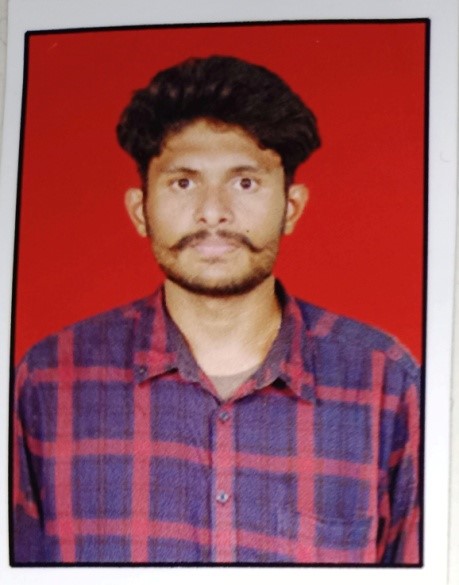
Pasan Pavan Kalyan
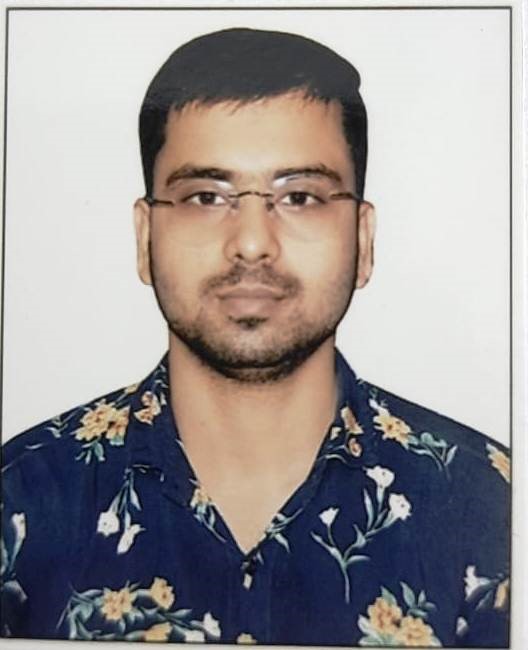
Rahul Jaiswal

Shivam Kumar
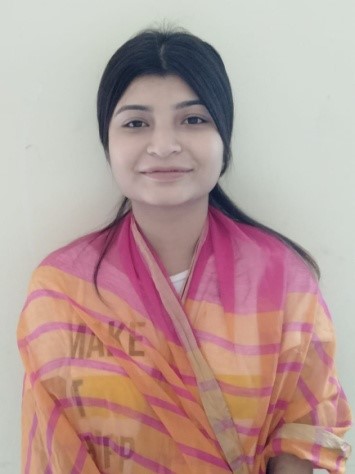
Yadhika Ghatani
Photo Library
Crafting careers, fueling dreams. Where learning meets adventure, everyday.
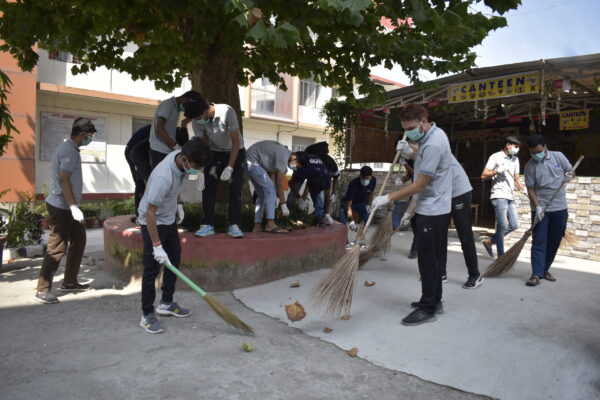
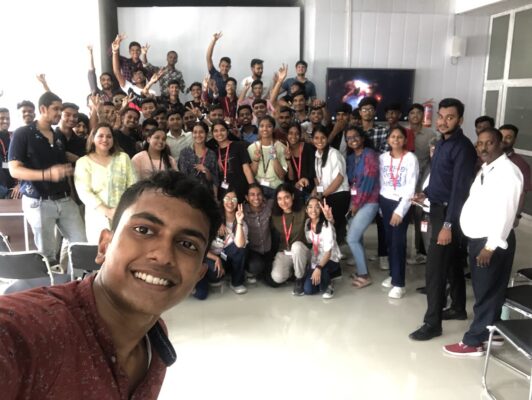
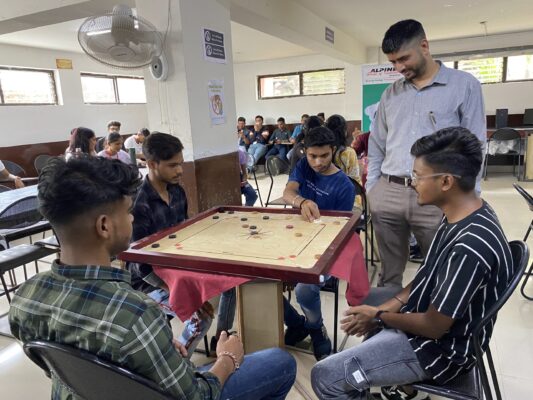
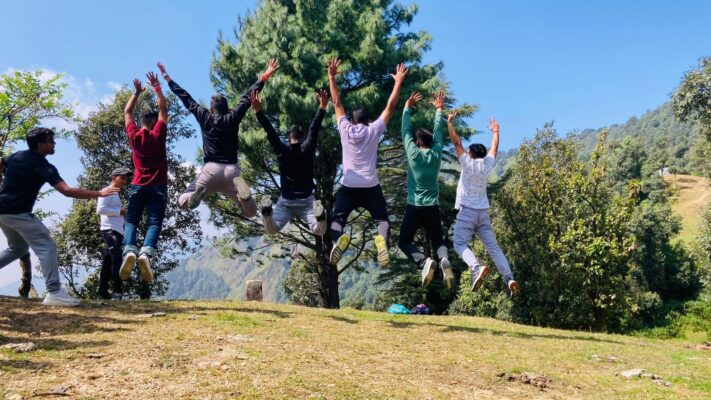
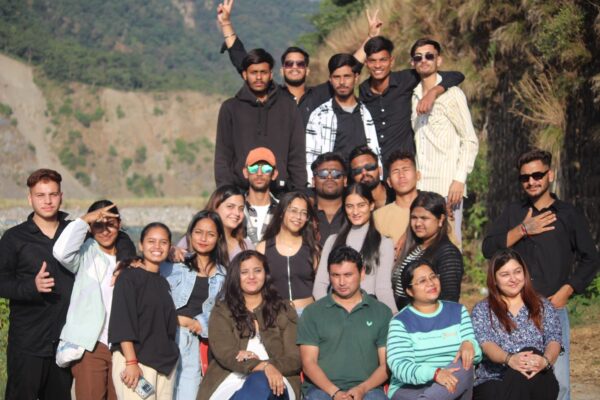
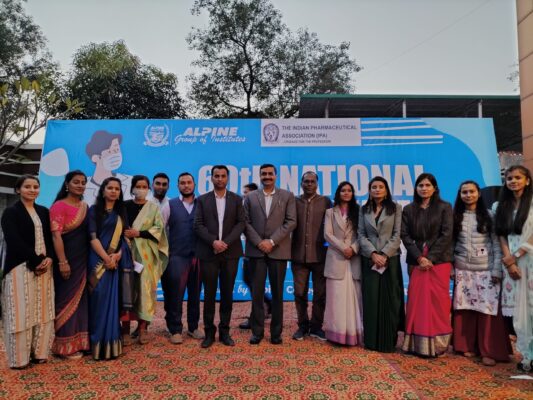
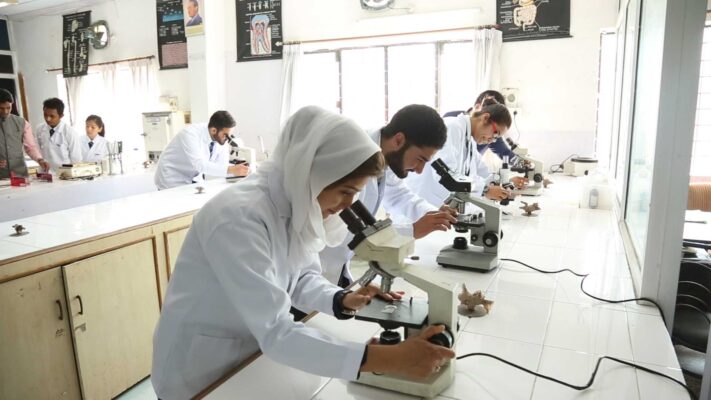
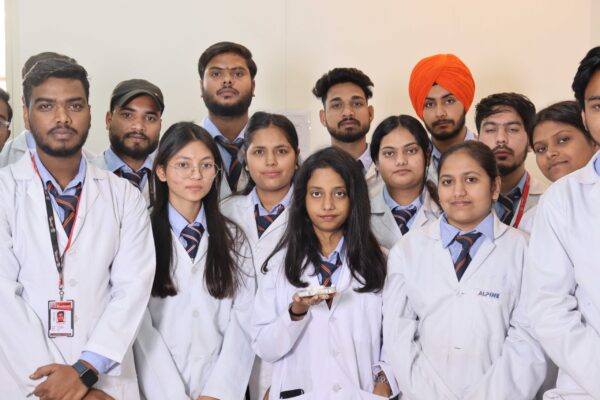
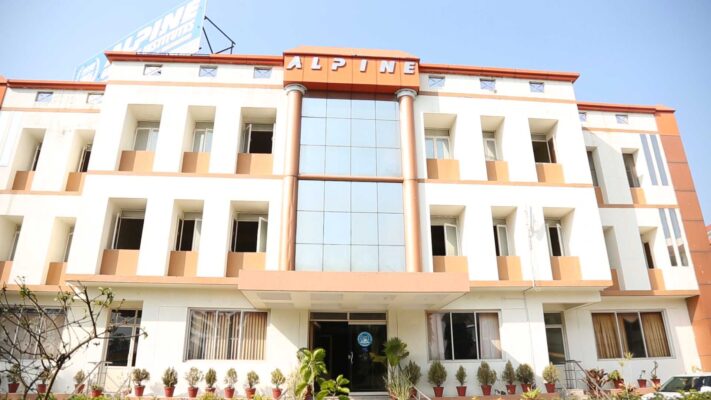
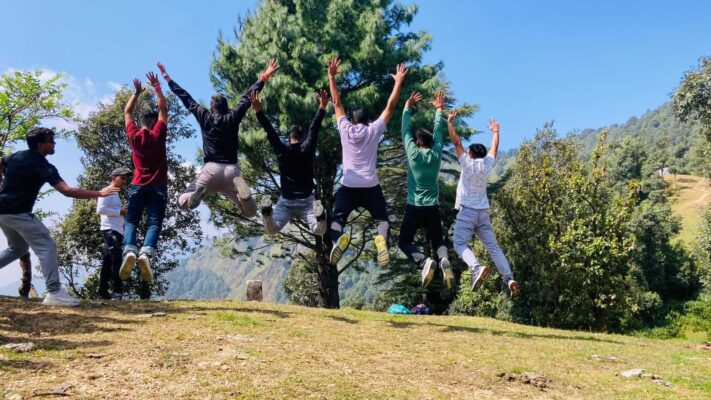
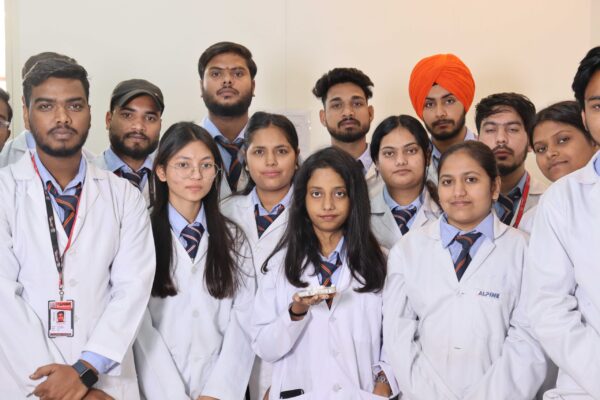
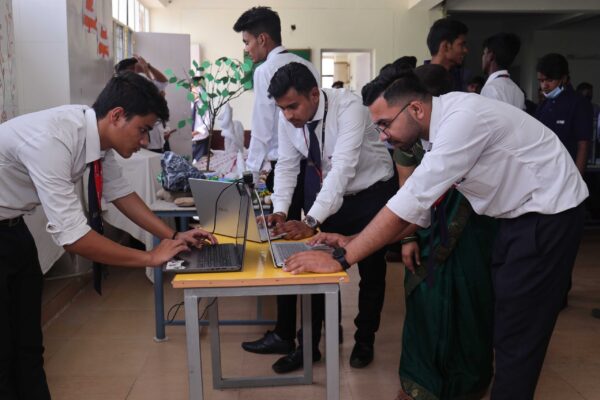
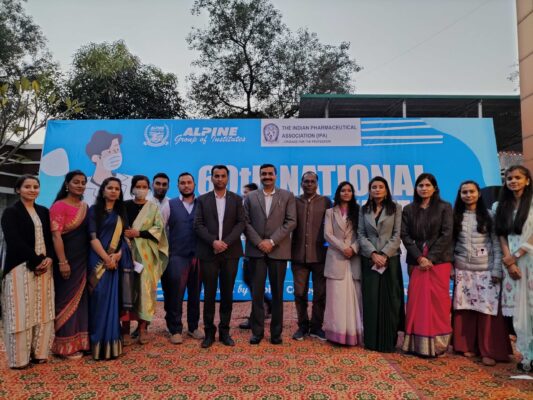
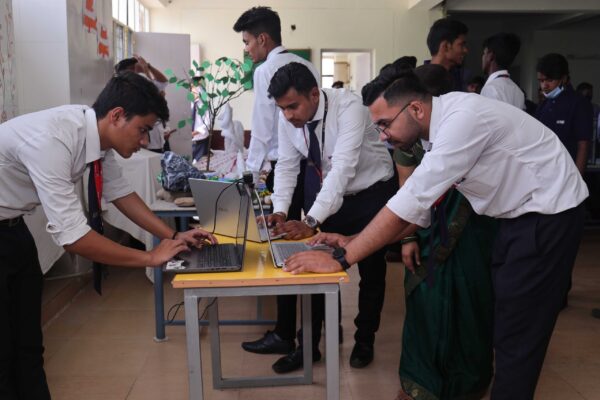
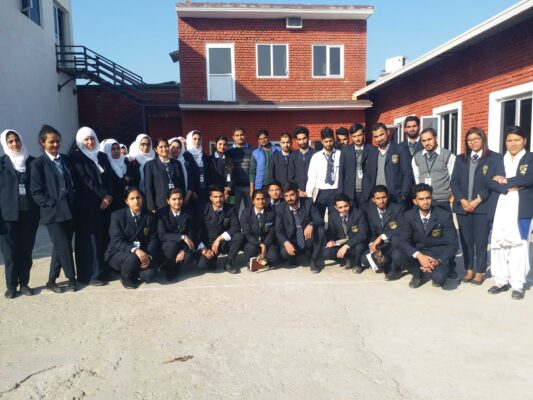
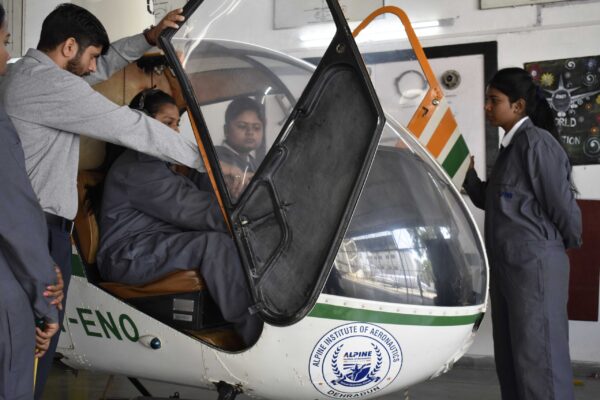
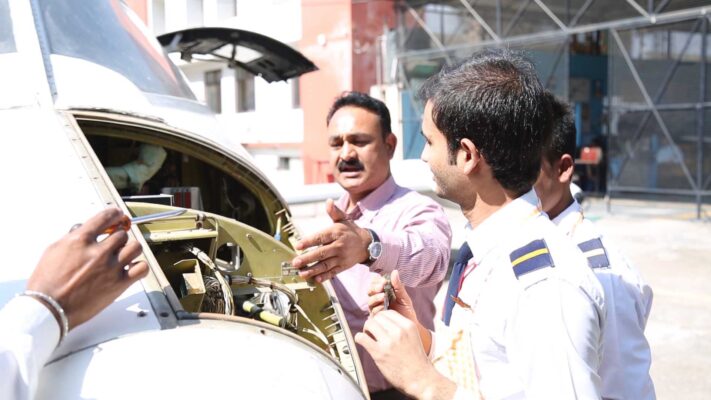
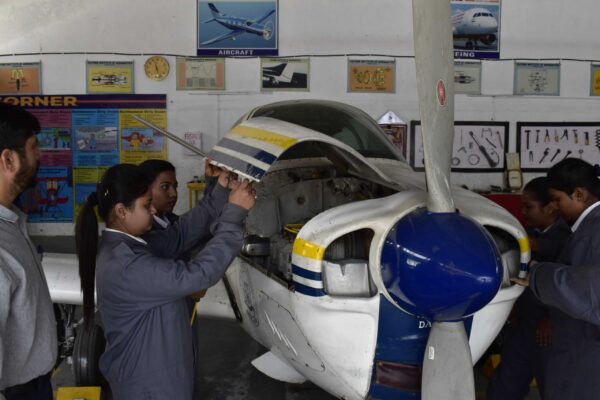
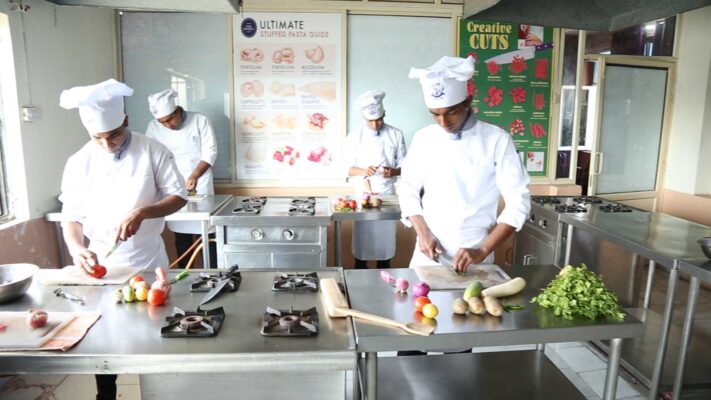
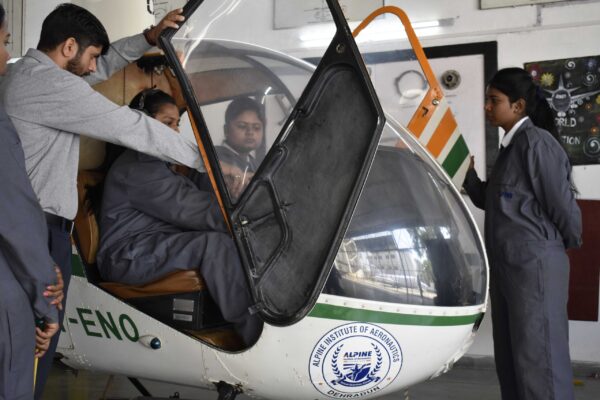
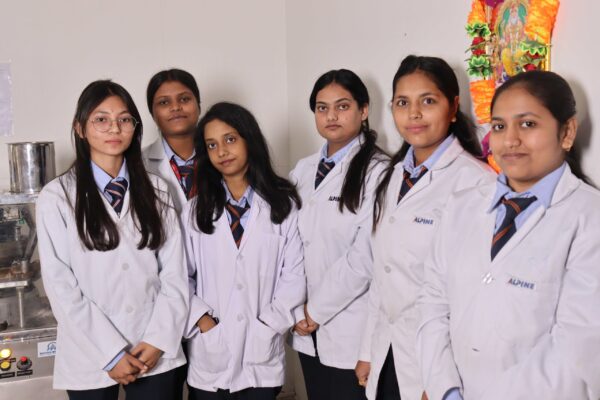
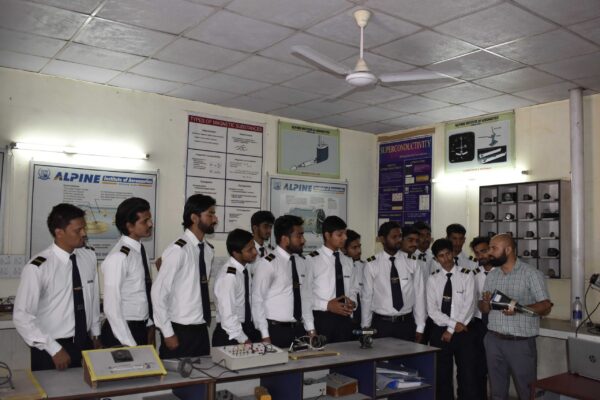
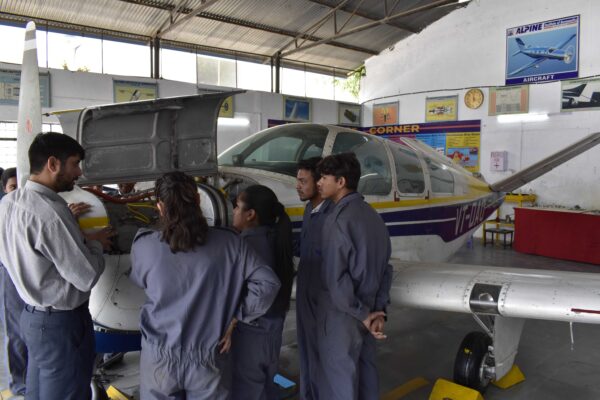
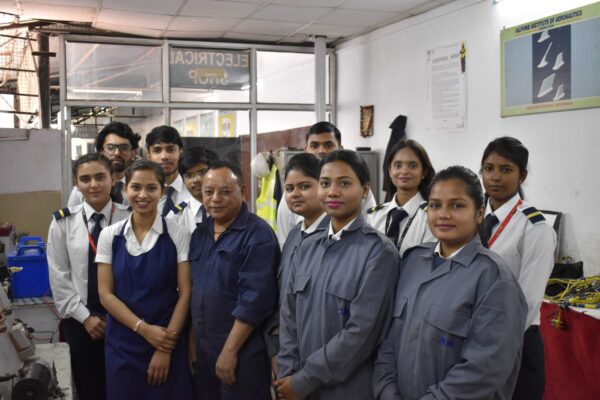
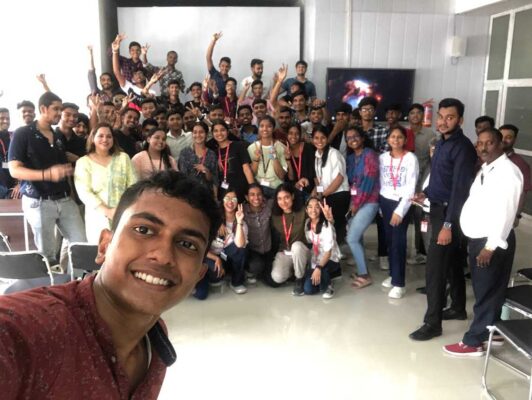
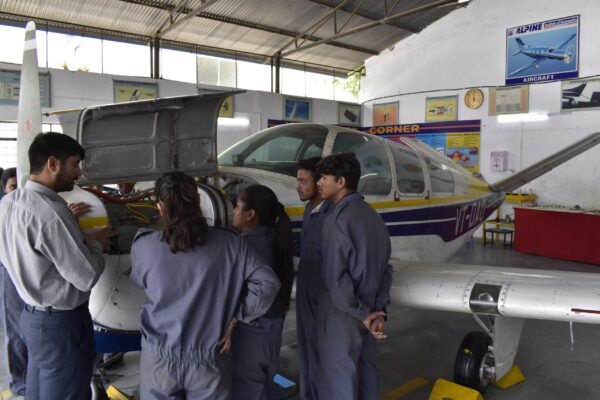
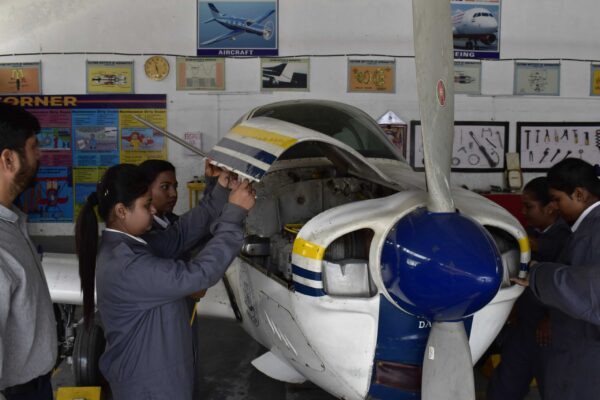
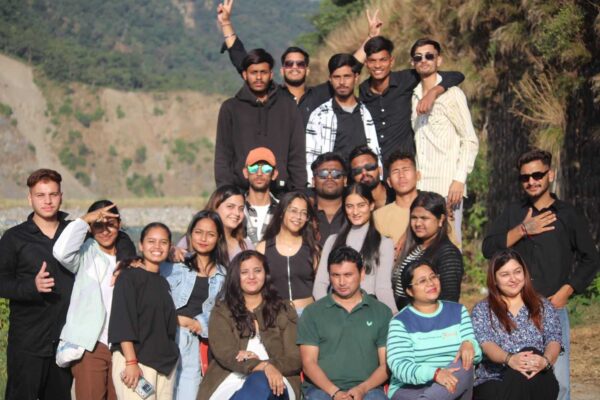
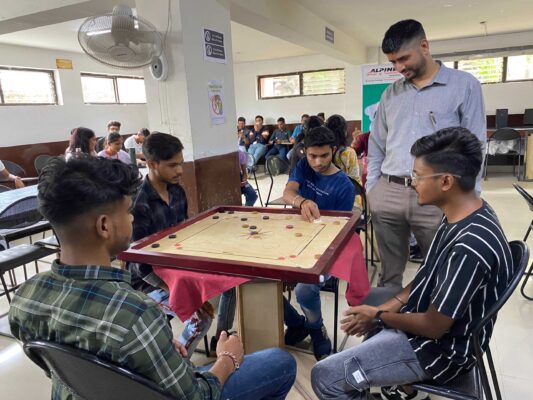
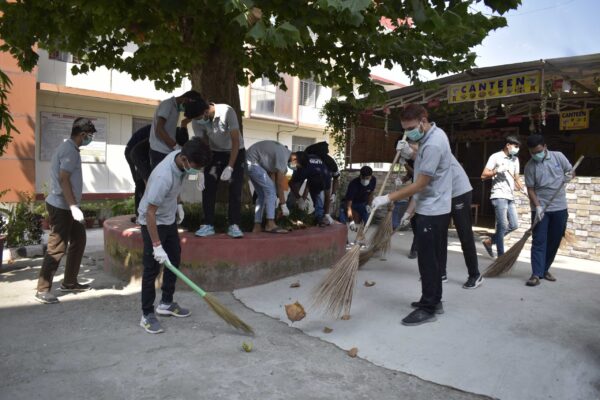
Frequently Asked Questions
India and other countries are witnessing a sharp increase in the field of biotechnology. A biotechnology bachelor’s degree (B.Sc.) is a fantastic way to begin started in this fascinating and quickly evolving field. You can work in industries including medical, agriculture, and food production as a scientist, researcher, or entrepreneur if you have a degree in biotechnology. This field of study applies the concepts of biology, biochemistry, and genetics to the creation of practical goods and the improvement of human health. Using their basic understanding of cells, proteins, and DNA, biotechnologists hope to create new products, improve old ones, or produce new ones. They might work in a range of industries, such food or bio waste treatment, or specialize in a particular area of biotechnology, like plant or pharmaceutical biotechnology.
India is one among the top 12 countries in the world for biotech destinations. According to an India Brand Equity Foundation assessment, the Department of Biotechnology received US$ 343.56 million for the development of genetic engineering, bioinformatics, crop biotechnology, and basic infrastructure in the Union Budget for 2022–2023. Employment in the Indian biotechnology sector is predicted to increase by 19% by 2025. Following a bachelor’s degree in biotechnology, career options are virtually limitless. The need for biotechnologists has increased dramatically over the last decade as a result of genetic engineering and the expansion of the healthcare industry. Candidates can look into a variety of positions, including those as a lab technician, professor, epidemiologist, microbiologist, biochemist, and biotech analyst. A bachelor’s degree in biotechnology typically pays INR 4.90 LPA, as a fresher.
In order to enrol in a BSc Biotechnology programme, students must first pass the 10+2 science course with a major in Physics, Chemistry, and Biology from an accredited Indian board. Certain universities grant admission on the basis of the results of the entrance exams, while other colleges grant admission on the basis of merit. Colleges grant admission on the basis of merit in the 10+2 or the score obtained in the entrance exams. Additionally, several universities offer BSc Biotechnology admissions on a first-come, first-served basis. A written admission exam is used in the first stage to make sure candidates understand the fundamentals. The next step for students applying to the B.Sc. Biotechnology admissions procedure is to show up for the counselling session.
The multidisciplinary course BSc Biotechnology examines how biological processes can be used to create novel goods and services. This field of study integrates molecular biology, chemistry, genetics, and biology. The scope of this degree is vast as it addresses a number of subjects, including molecular biology, biochemistry, genetics, bioprocess engineering, and biotechnology-related companies. Students who earn a Bachelor of Science in Biotechnology degree are prepared for entry-level biotechnology jobs with the knowledge and abilities they need. It also offers the essential groundwork for further research in the field. After earning the degree, students are well-prepared for a variety of biotechnology-related careers, including teaching, product development, and biotechnology research.

